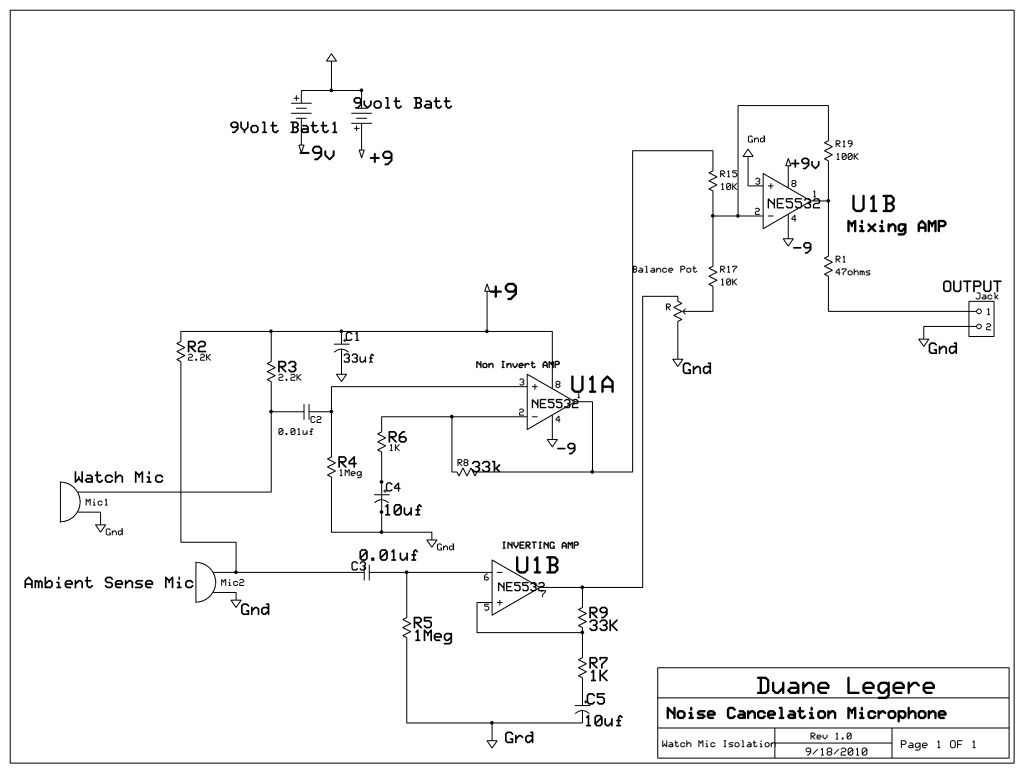
A Dozen Small Cmos Alarm Circuits circuit

This document presents a collection of compact, self-contained alarm circuits. These circuits are designed to operate with a very low standby current, making them ideal for battery-powered applications. They can be triggered by both normally-open and normally-closed switches, while some models respond to variations in light or temperature. Consequently, this results in diverse output durations and patterns.
The alarm circuits described are versatile and can be employed in various applications, including security systems, environmental monitoring, and energy management. Each circuit is designed to minimize power consumption, which is critical in battery-operated scenarios. The use of normally-open and normally-closed switches allows for flexible integration into existing systems, enabling users to customize their alarm triggers based on specific needs.
In circuits that respond to changes in environmental conditions, phototransistors or thermistors may be utilized to detect variations in light intensity or temperature. For example, a phototransistor circuit can activate an alarm when ambient light levels drop below a certain threshold, indicating potential unauthorized access in a security application. Similarly, temperature-sensitive circuits can trigger alarms when temperatures exceed or fall below predefined limits, useful in applications such as temperature monitoring for sensitive equipment.
Output times and patterns can be configured based on the specific requirements of the application. Some circuits may offer adjustable timing mechanisms, allowing users to set the duration of the alarm signal. This feature is particularly beneficial in scenarios where different response times are needed based on the type of alarm event. Additionally, the output patterns can vary, with options for continuous alarms, pulsed signals, or timed delays, providing further customization.
Overall, these small self-contained alarm circuits are an effective solution for various monitoring and alerting needs, combining low power consumption with flexible triggering options and customizable output characteristics.This is a selection of small self-contained alarm circuits. They have a very low standby current; and are suitable for battery operation. Some are triggered by normally-open and normally-closed switches. Some react to changes in light or temperature. The result is a variety of output times and patterns.. 🔗 External reference
The alarm circuits described are versatile and can be employed in various applications, including security systems, environmental monitoring, and energy management. Each circuit is designed to minimize power consumption, which is critical in battery-operated scenarios. The use of normally-open and normally-closed switches allows for flexible integration into existing systems, enabling users to customize their alarm triggers based on specific needs.
In circuits that respond to changes in environmental conditions, phototransistors or thermistors may be utilized to detect variations in light intensity or temperature. For example, a phototransistor circuit can activate an alarm when ambient light levels drop below a certain threshold, indicating potential unauthorized access in a security application. Similarly, temperature-sensitive circuits can trigger alarms when temperatures exceed or fall below predefined limits, useful in applications such as temperature monitoring for sensitive equipment.
Output times and patterns can be configured based on the specific requirements of the application. Some circuits may offer adjustable timing mechanisms, allowing users to set the duration of the alarm signal. This feature is particularly beneficial in scenarios where different response times are needed based on the type of alarm event. Additionally, the output patterns can vary, with options for continuous alarms, pulsed signals, or timed delays, providing further customization.
Overall, these small self-contained alarm circuits are an effective solution for various monitoring and alerting needs, combining low power consumption with flexible triggering options and customizable output characteristics.This is a selection of small self-contained alarm circuits. They have a very low standby current; and are suitable for battery operation. Some are triggered by normally-open and normally-closed switches. Some react to changes in light or temperature. The result is a variety of output times and patterns.. 🔗 External reference





